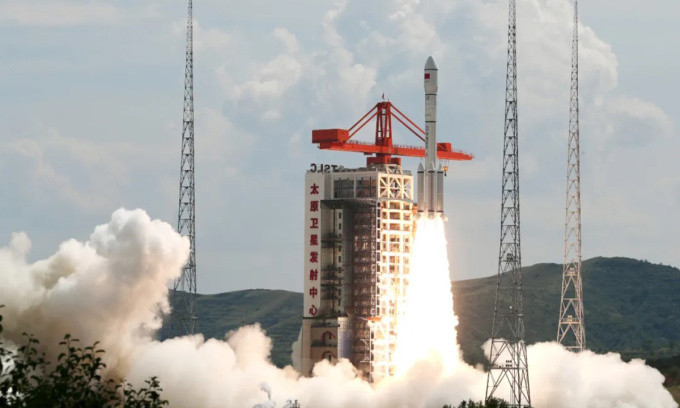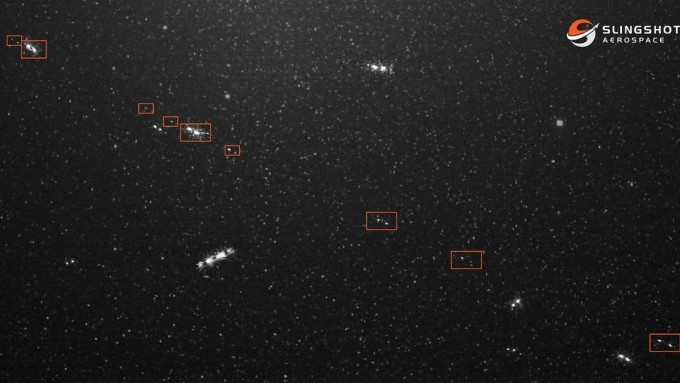The upper stage of the Long March 6A rocket broke apart after putting the satellite into orbit, creating more than 300 large pieces of debris and many other small pieces.

In early August, China’s Long March 6A rocket launched the first 18 satellites of its Thousand Sails Constellation broadband network, which is expected to consist of about 15,000 satellites. The rocket successfully placed them into low Earth orbit (LEO) at an altitude of about 800 kilometers. However, the rocket’s upper stage disintegrated shortly afterward, creating a cloud of debris that is now orbiting the Earth, according to the US Space Command (USSPACECOM).
"USSPACECOM can confirm that the upper stage of the Long March 6A rocket launched on August 6, 2024, disintegrated, creating more than 300 pieces of trackable debris in low Earth orbit. USSPACECOM is not aware of any immediate threats and continues to conduct routine assessments to enhance the safety and sustainability of space," the agency said on August 8.
“Trackable debris” is typically any object at least 10 centimeters in diameter. The new debris cloud is sure to contain many pieces that are too small to be tracked. It’s a worrying start for the Thousand Sails Constellation, according to Slingshot Aerospace, a US company focused on increasing awareness and sustainability in space.
“If even a fraction of the total number of launches intended to deploy China’s massive satellite network were to produce as much debris as this first launch, the result would be an unacceptable increase in the amount of space junk in LEO,” said Audrey Schaffer, vice president of strategy and policy at Slingshot Aerospace.

This isn’t the first time the Long March 6A’s upper stage—which weighs about 12,000 pounds without propellant—has created a cloud of orbital debris, according to Slingshot. A portion of the rocket broke off on November 12, 2022, shortly after deploying the Yunhai-3 weather satellite, according to NASA. That event created 533 pieces of tracked debris as of January 2023.
Earth’s orbit is becoming increasingly crowded with both active satellites and debris. According to the European Space Agency (ESA), there are about 10,000 active space vehicles orbiting Earth, with SpaceX’s Starlink internet satellites making up the majority. In addition, there are about 40,500 pieces of debris measuring at least 10 centimeters in diameter and 130 million pieces measuring at least 1 millimeter in diameter.
TH (according to VnExpress)